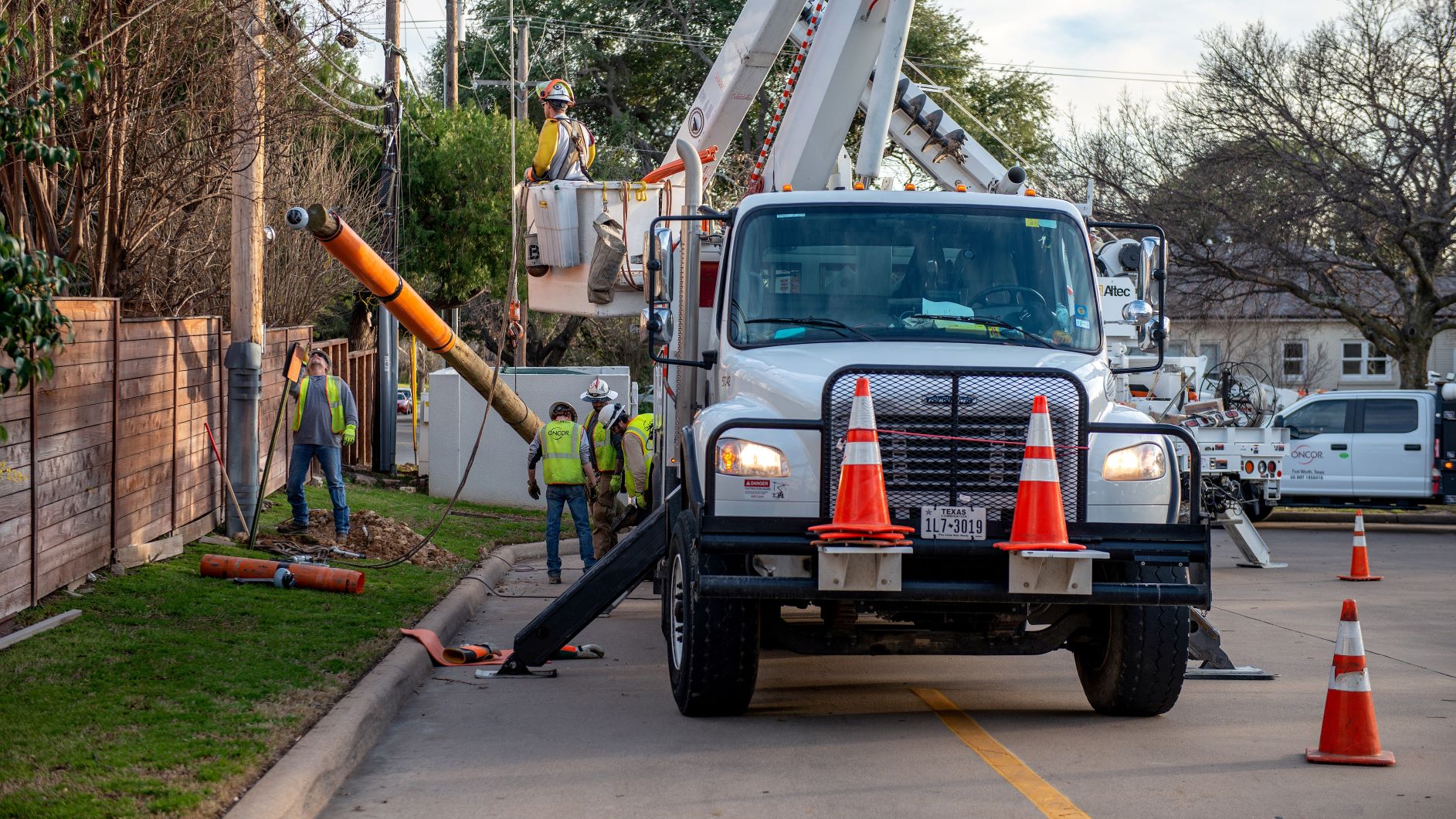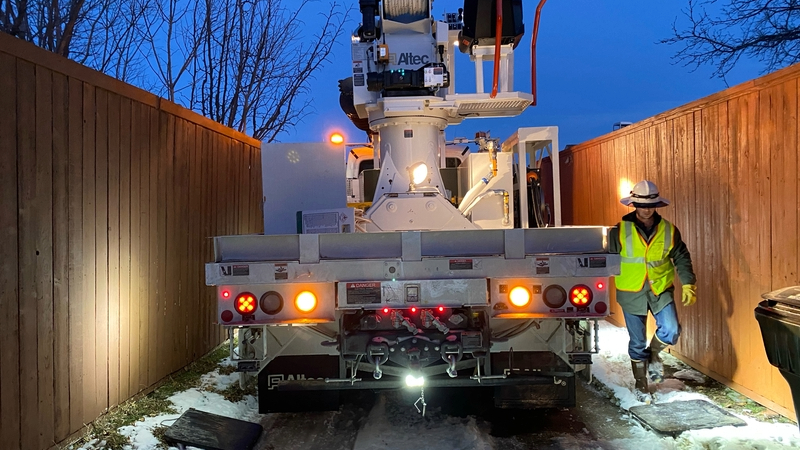-
Contact Us
-
General Inquiries/Service Requests:
- 888.313.6862
-
contactcenter@oncor.com
-
(Mon.-Fri., 8 a.m.-6 p.m. Central Time)
-
For Outages
- 888.313.4747
-
(24/7)
Drier, warmer trends expected
The autumnal, or fall, equinox happens precisely at 1:19 p.m. on Monday, Sept. 22. This marks the start of the fall season in the northern hemisphere.
On the equinox, day and night are nearly the same length across the globe. As the fall season progresses, the northern hemisphere will begin to tilt further away from the sun. This will, eventually, result in shorter days and longer nights.
There’s also a time change that occurs each fall that contributes to the days feeling shorter. Daylight saving time ends at 2:00 a.m. on Nov. 2. Clocks will ‘fall back,’ and we’ll get an extra hour of sleep. However, sunrise and sunset will also be an hour earlier.
It will be fall until Dec. 21, when the winter solstice occurs.
Fall brings a noticeable drop in temperatures as stronger cold fronts begin affecting Oncor’s service area. Monthly average high temperatures fall from the 70s and 80s in October to the 50s and 60s by December.


Along with a drop in temperatures, fall cold fronts also bring increased rain chances. October is, on average, the second-rainiest month of the year for the Dallas-Fort Worth, Waco, Tyler and Round Rock areas.
Increased rain chances can sometimes mean increased severe weather activity. In fact, fall is often referred to as the second severe weather season of the year – where spring is the first. While it’s impossible to forecast severe weather long-term, this is all the more reason to ensure your home and family are prepared for severe weather, year-round.
What to Expect
So, what can actually be expected this fall?
In terms of temperatures, it’s likely to be a warmer-than-average season. There are slightly higher odds of warmer weather across the Permian Basin, Panhandle and far West Texas.

The fall outlook for precipitation is leaning drier-than-average across the whole state. There are higher odds for drier weather in East and Southeast Texas.

Despite a drier rainfall outlook, little to no drought is expected across the state this fall. Parts of South Texas and the Big bend Region should see ongoing drought improve, even to the point of drought removal.

FAQs
Q: These outlooks don’t seem very specific. What is their benefit?
A: Seasonal forecasts are meant to be used a guide for general weather trends over several months. They do not offer insights into day-to-day weather, as forecast accuracy beyond about 7-10 days is poor. This means that specific, daily weather forecasts for a span of three months would likely be riddled with error! The benefit of a seasonal forecast is identifying overall trends.
Q: How do these outlooks work?
A: These seasonal outlooks come from the National Oceanic and Atmospheric Administration’s (NOAA’s) Climate Prediction Center (CPC). They are based on several factors, including the presence of El Niño or La Niña. This is often referred to as ENSO (El Niño/Southern Oscillation). As of mid-September, the CPC said La Niña was likely to develop this fall.
Q: What does a developing La Niña mean for our weather?
A: La Niña typically results in warmer, drier weather for Texas and much of the southern U.S. This is due to jet streams being displaced further north. We do see this warmer, drier trend reflected in our seasonal outlooks.
Q: What’s the best way to keep up with my day-to-day weather this season?
A: Find a trusted, local source of weather information and check it daily. A good example is your favorite news station. There’s a good chance they have a mobile app you can use and check frequently. Checking your local forecast can help you make informed decisions in times of inclement or severe weather.
Oncor Stands Ready
Oncor works diligently all year to prepare our equipment and facilities for the changing seasons, including the colder months. We also closely monitor short-term and seasonal weather and forecast data.
We use both in-house meteorologists and a third-party weather monitoring service year-round, allowing us to remain prepared to respond to potential weather impacts that may threaten our service area. Our customers can rest assured Oncor is always ready to respond when weather threatens our service area.
This information is provided by Oncor’s in-house meteorologist, Kaiti Blake. Kaiti is an AMS certified broadcast meteorologist with more than 10 years of forecast & broadcast experience.








